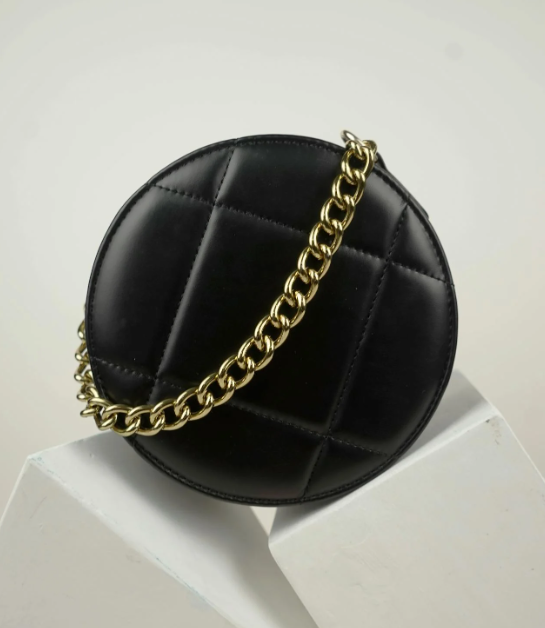When most people think of luxury fashion, they imagine European ateliers, hand-stitching, and heritage craftsmanship.
However, a recent wave of TikTok videos is challenging that image by pointing out an unexpected truth: many high-end designer bags, including those from brands like Prada, Miu Miu, and Saint Laurent, are actually made in China.
The TikTok That Sparked It All
A TikTok creator recently posted a video unboxing a Miu Miu handbag that was labeled “Made in China,” and viewers were quick to express shock. “I didn’t pay over a thousand dollars for something made in China,” some commenters said, echoing a long-standing belief that luxury goods should come from places like Italy or France.
The video went viral, sparking debate over whether the country of origin impacts the value of a product, and whether people are paying for quality or just a logo.
Luxury ≠ Made in Europe Anymore
Despite the backlash, the reality is that many luxury brands do manufacture some of their goods in China, as well as in other countries like Turkey, Romania, and Vietnam. In fact, it’s been happening for years. Brands like Coach, Michael Kors, and even some lines of Saint Laurent and Balenciaga have utilized Chinese factories, especially for ready-to-wear items and accessories.

But here’s the catch: “Made in China” doesn’t automatically mean lower quality. Many Chinese factories used by luxury houses are held to strict standards, often operating under direct oversight from the brands themselves.
The Real Issue: Perception vs. Reality
So why the outrage? It largely comes down to perception. The luxury market sells more than just a product—it sells a story. For decades, that story has been rooted in European elegance, exclusivity, and artisanship. Seeing “Made in China” on a luxury tag disrupts that illusion for many buyers.
But that perception doesn’t always match reality. Some fashion insiders argue that Chinese manufacturing can be just as high-quality, if not better in some cases, thanks to technological advancements and skilled labor. The stigma, then, is less about quality and more about outdated assumptions.
So, Are We Paying for Craftsmanship—or Clout?
What this conversation really highlights is the shifting definition of luxury. Is it about where something is made? Or about how it is made? Or is it about the branding, the name, and the social status it represents?
For many consumers, it seems to be a mix of all three. However, as transparency increases and global supply chains evolve, brands may have to work harder to justify their price tags, especially to younger, more informed audiences on platforms like TikTok.
The Bottom Line: Know What You’re Buying
If you’re spending thousands on a handbag, it’s fair to ask where—and how—it was made. But the country of origin doesn’t tell the whole story. Craftsmanship, ethics, sustainability, and brand values are all part of the bigger picture.
So, whether your dream bag says “Made in Italy” or “Made in China,” it helps to be an informed shopper—because luxury today isn’t just about labels. It’s about what those labels stand for.
